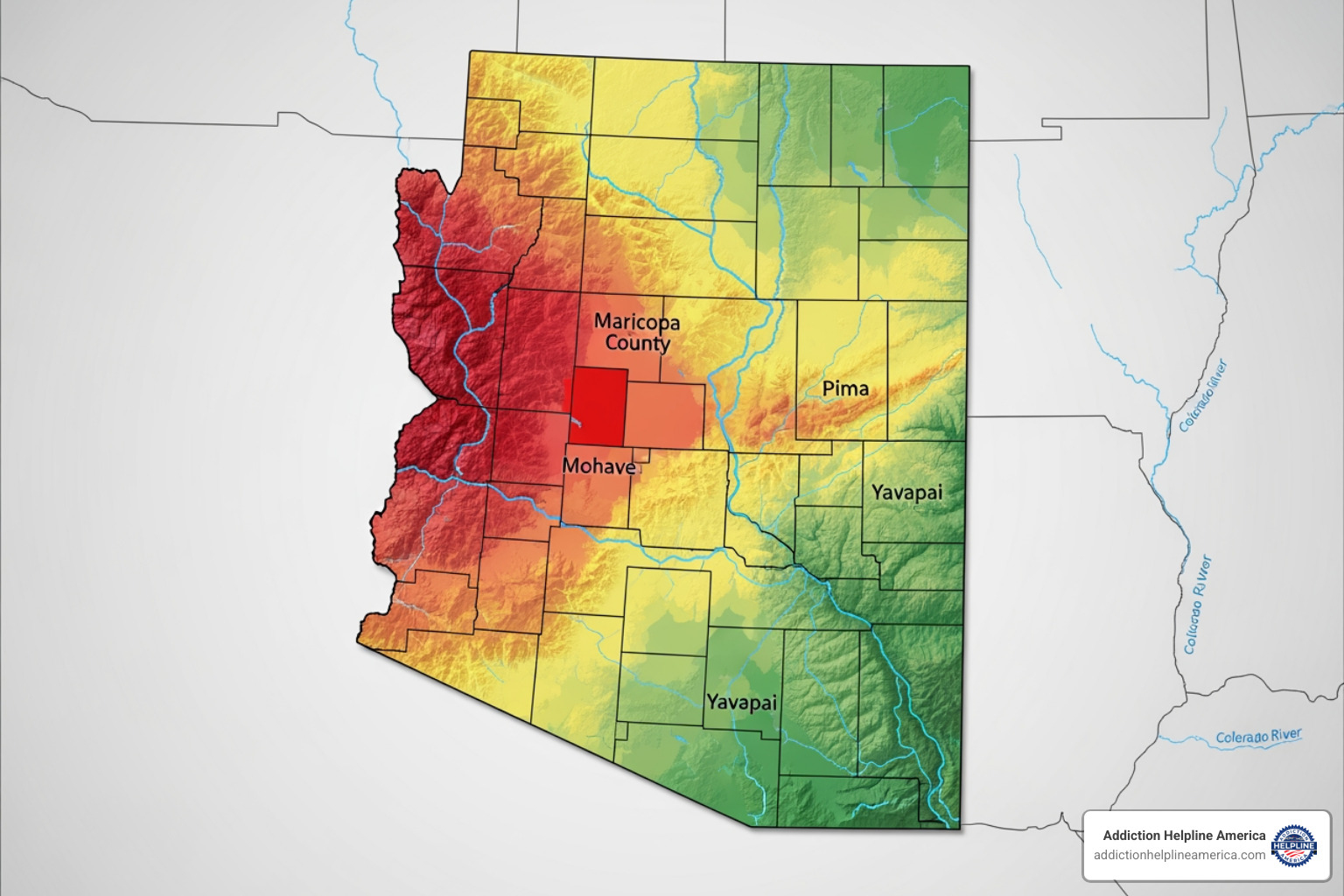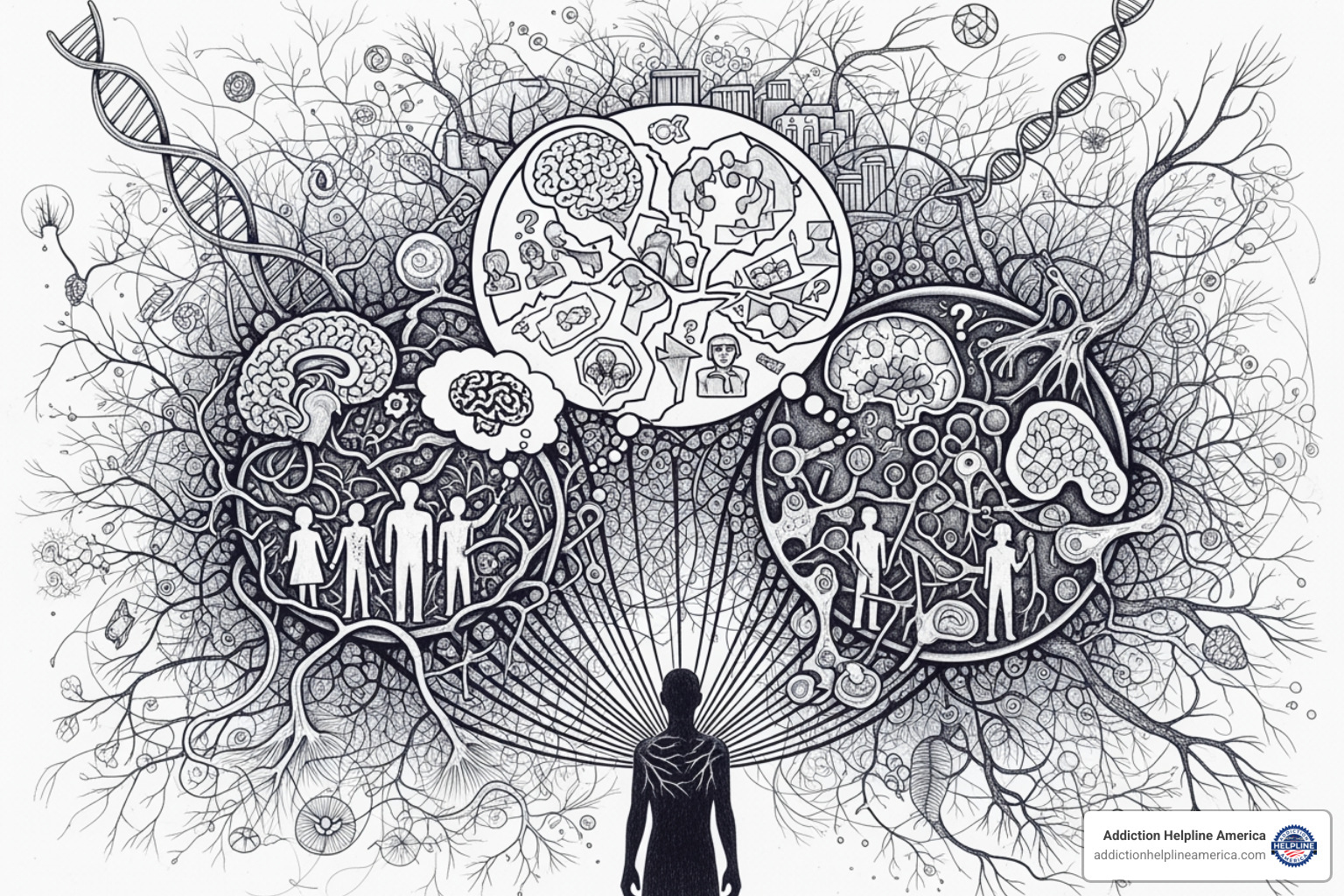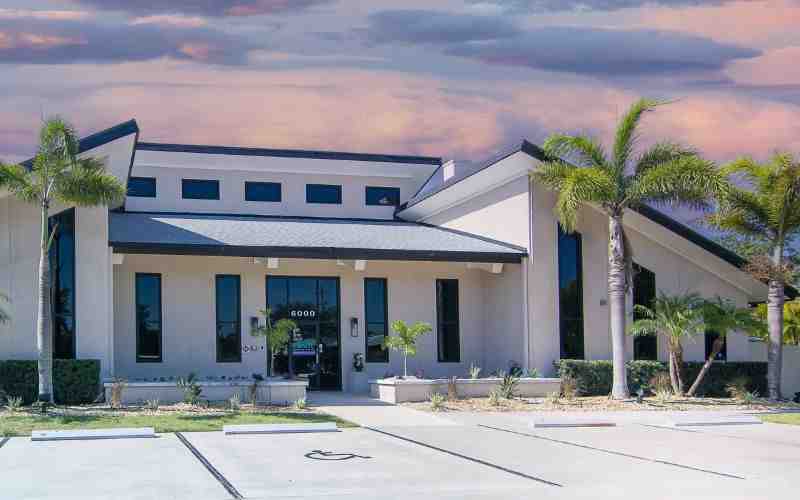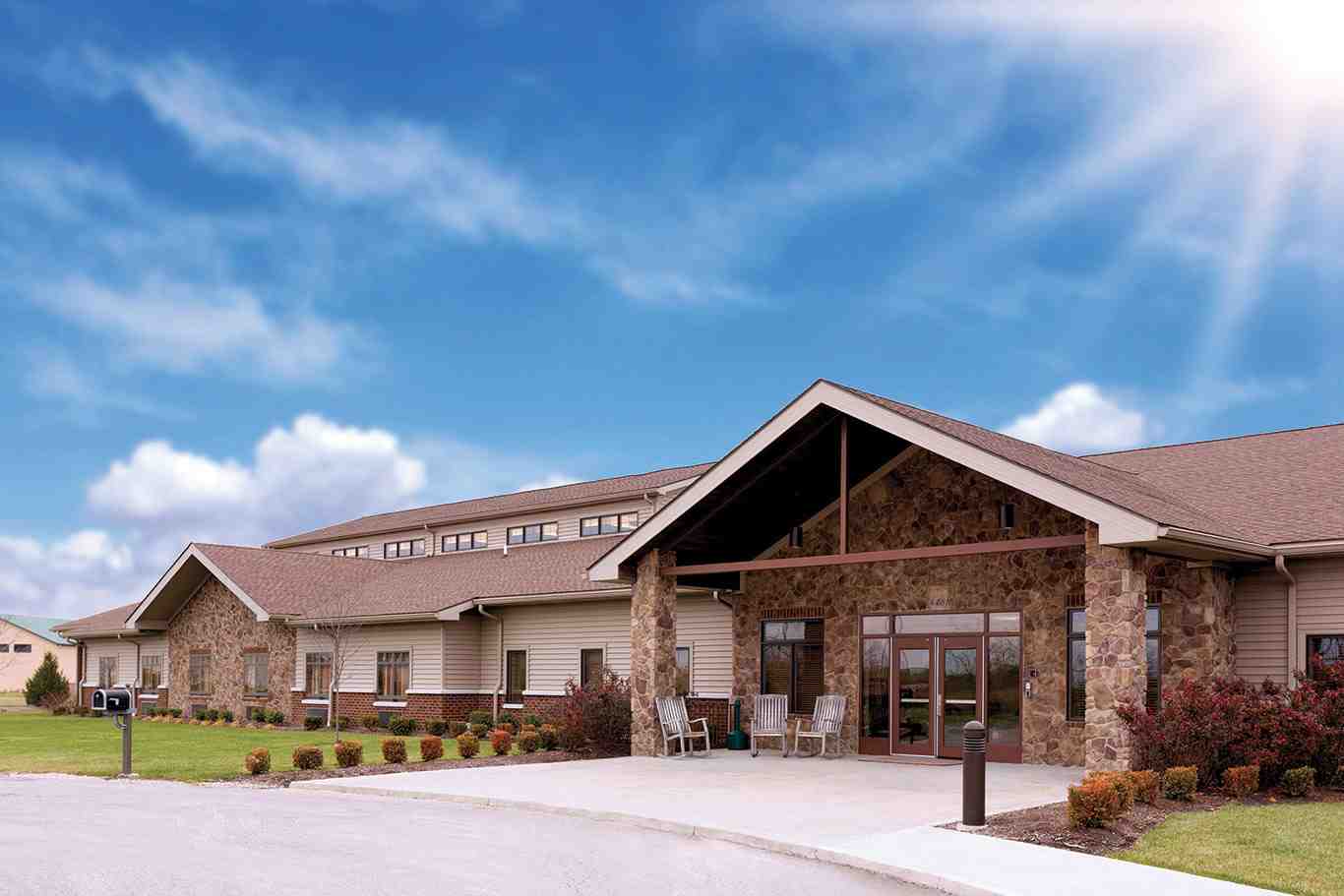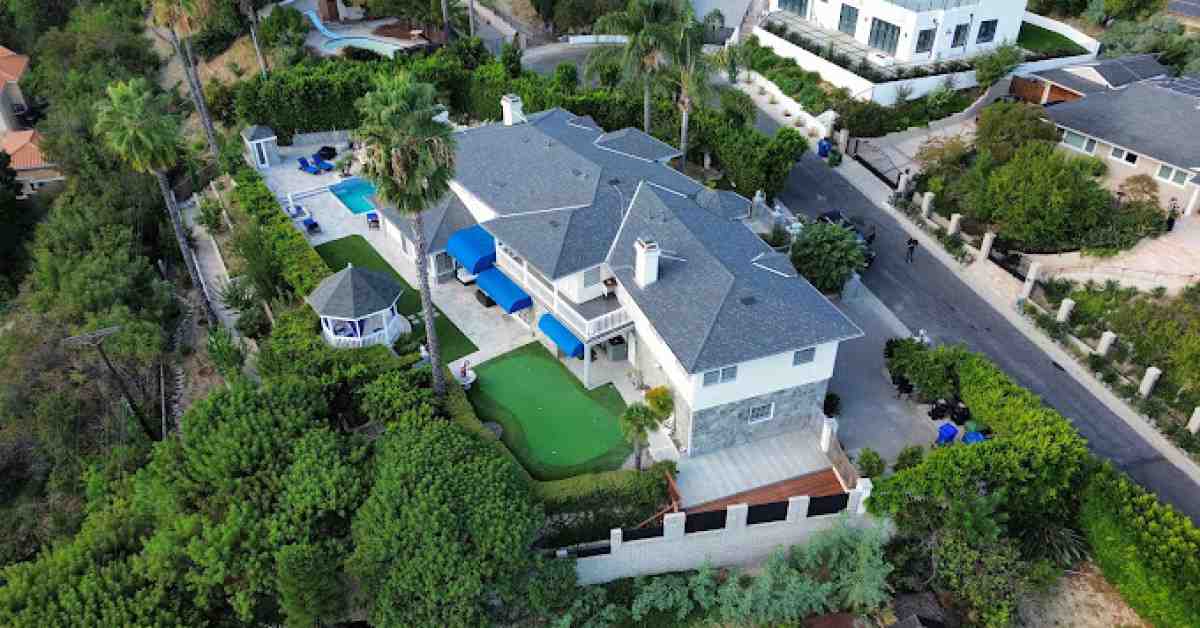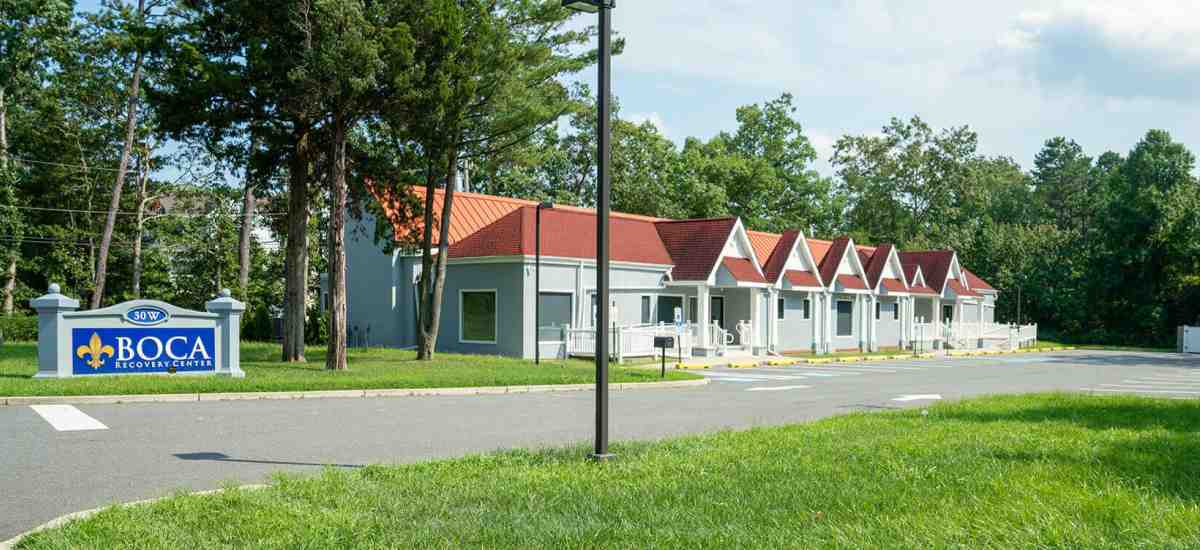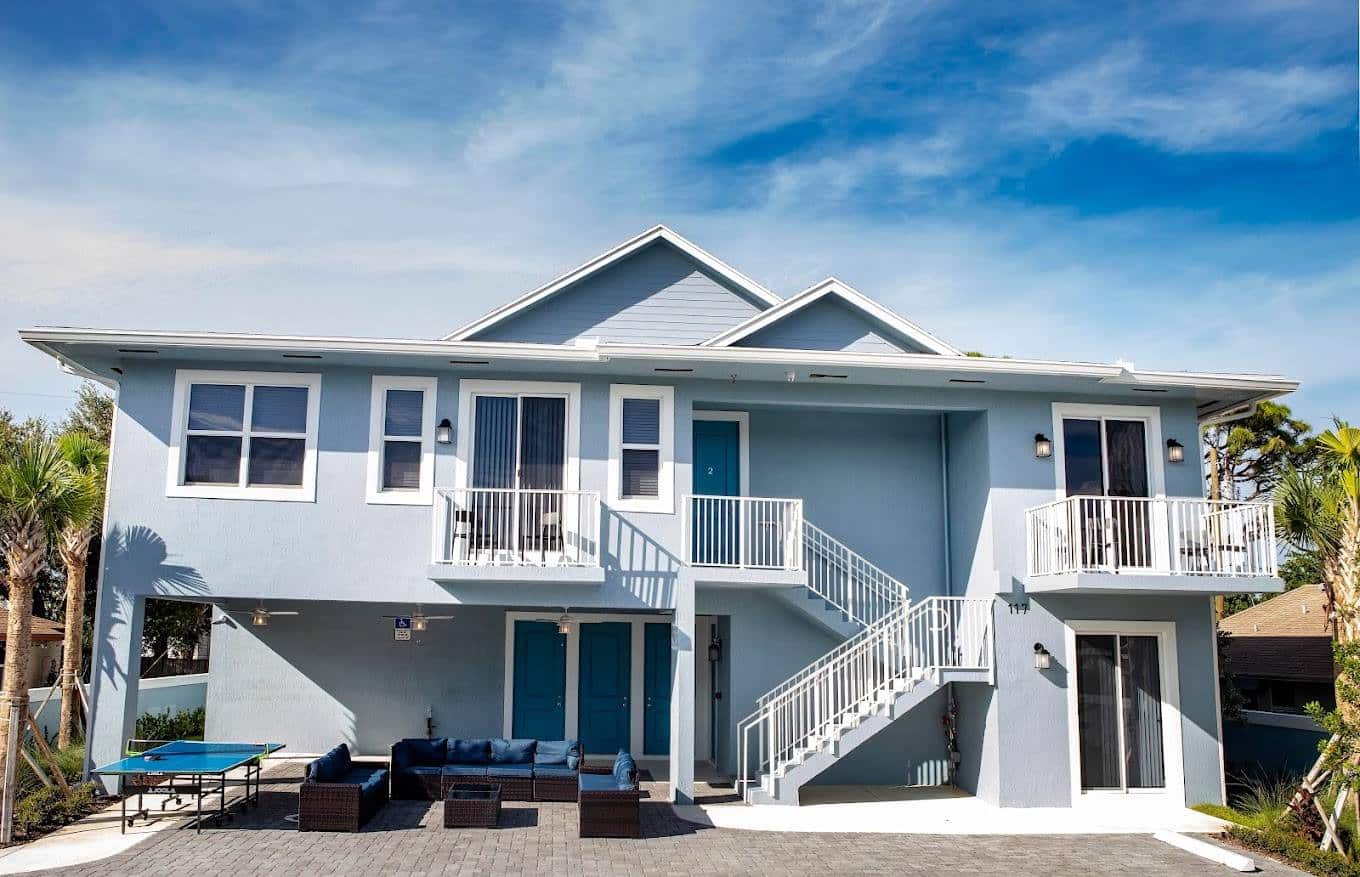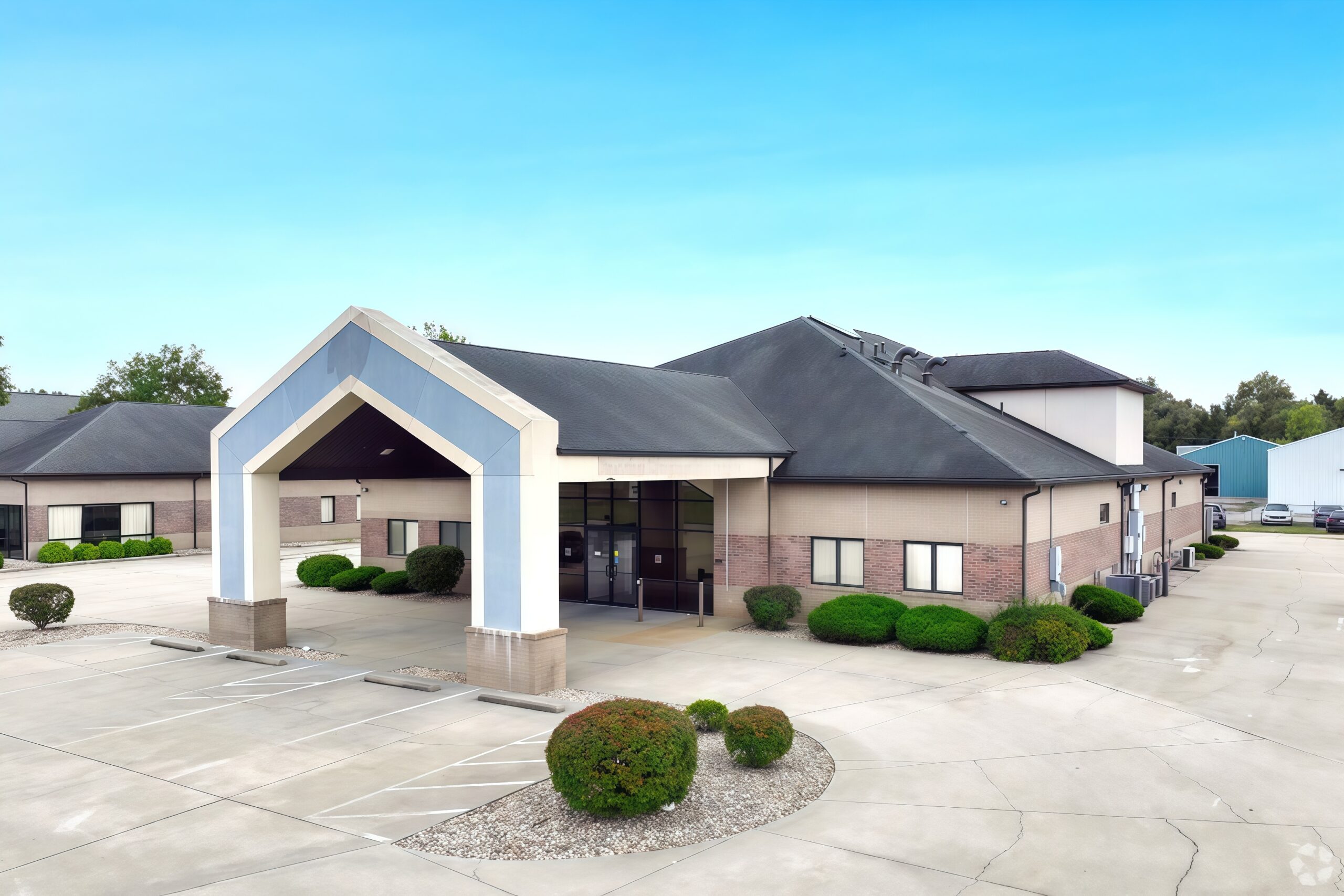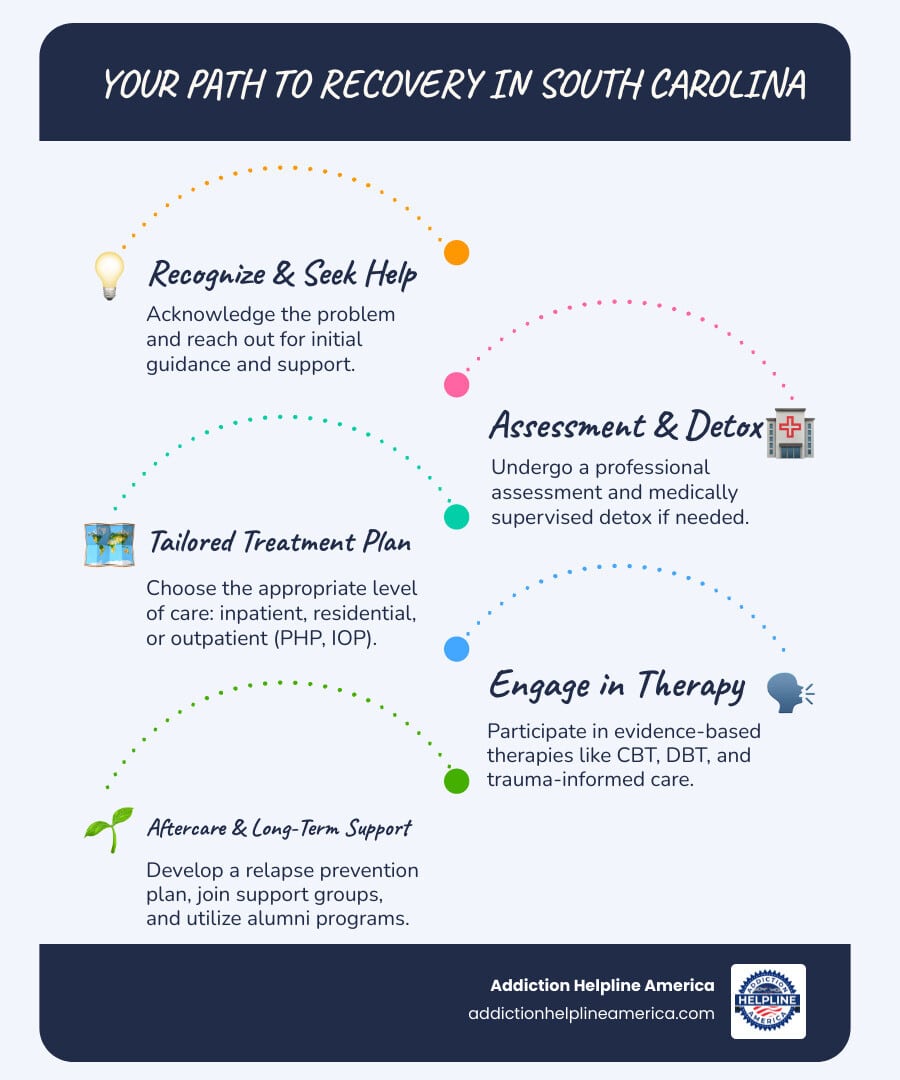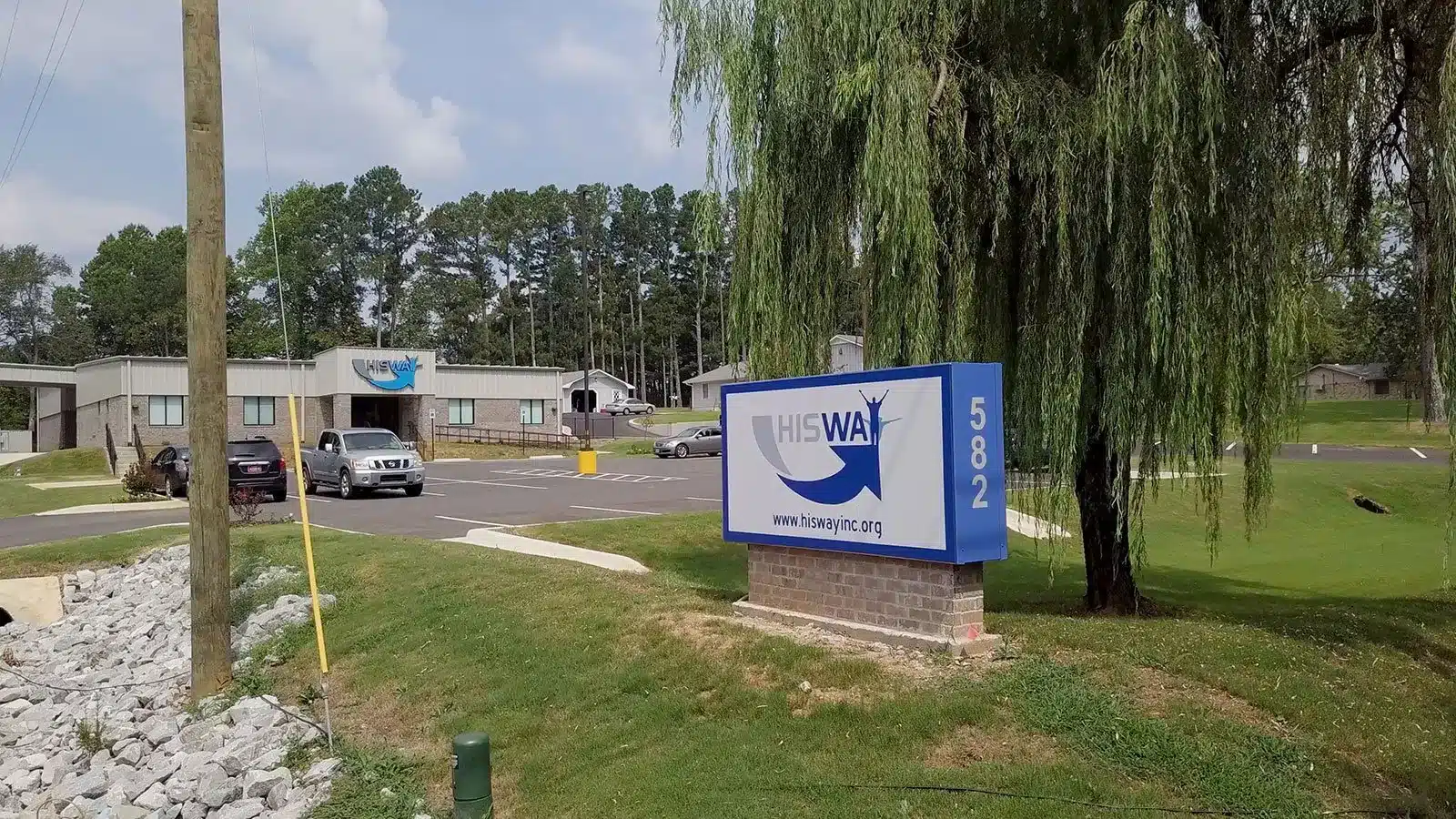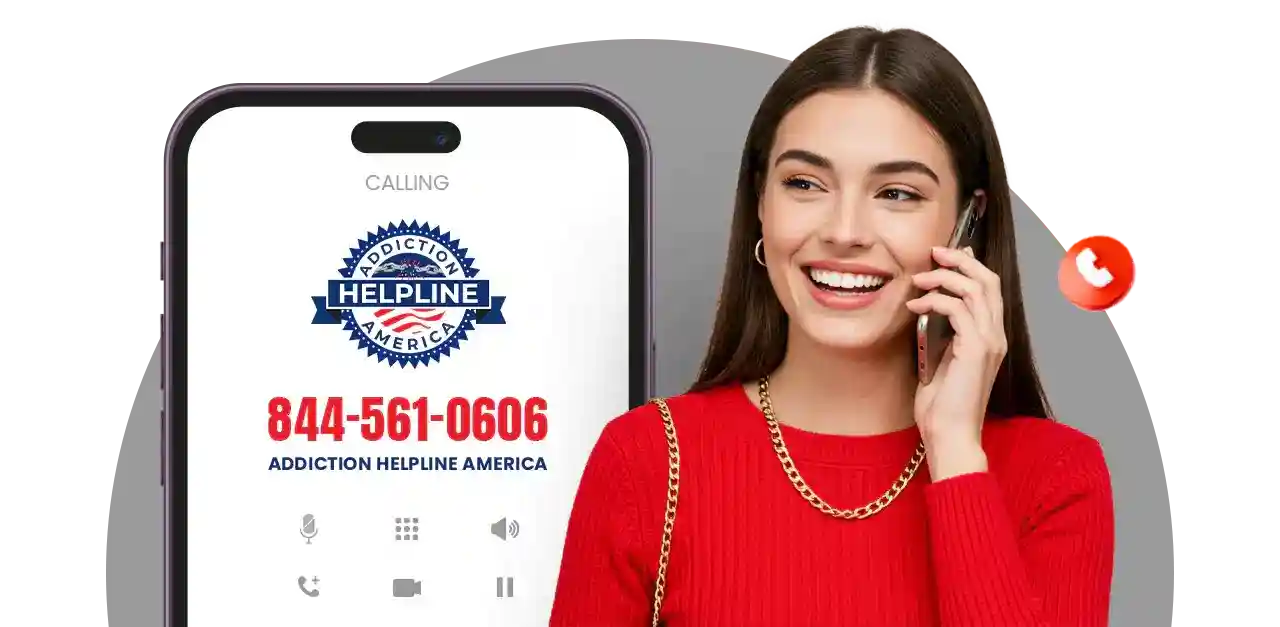
Understanding the Substance Abuse Crisis in Arizona
Substance abuse Arizona is a critical public health crisis. If you or a loved one needs help, here’s what you need to know:
Quick Facts About Substance Abuse in Arizona:
- 14% of Arizonans ages 12+ have used illicit drugs in the past month
- 2,770 Arizonans died from drug overdoses in 2021
- Fentanyl is now the leading cause of death for adults ages 18-45
- Addiction-related deaths have surged nearly 700% since 2014
- Help is available 24/7 through confidential hotlines and treatment centers
Immediate Resources:
- Arizona Opioid Assistance & Referral (OAR) Line: 1-888-688-4222
- National SAMHSA Helpline: 1-800-662-4357
- Emergency situations: Call 911
The numbers are sobering. Across Arizona, an intensifying addiction crisis is tearing families apart. The rise of fentanyl—a synthetic opioid up to 50 times stronger than heroin—has made street drugs more dangerous than ever, with just two milligrams being a potentially lethal dose.
But here’s the truth that gets lost in the statistics: recovery is possible. Arizona has a comprehensive network of treatment centers, prevention programs, and recovery resources. Whether you’re struggling with alcohol, opioids, methamphetamine, or polysubstance use, specialized care is available.
This guide will walk you through substance abuse Arizona treatment options, from the levels of care to payment options and life-saving resources.
At Addiction Helpline America, we provide compassionate, confidential support to those affected by substance abuse Arizona challenges. Our specialists are here to guide you through every stage of the journey, connecting you with life-saving treatment.
Simple guide to Substance abuse Arizona:
- how to find the right rehab center
- Emergency detox services
- how to find rehab programs that accept insurance
The State of Substance Abuse in Arizona: A Sobering Reality
The numbers tell a story of a crisis that has grown exponentially over the past decade. Roughly 14% of Arizonans aged 12 and older have used an illicit drug in the past month. Since 2014, addiction-related deaths have surged by nearly 700%. In 2021 alone, 2,770 Arizonans died from drug overdoses.
The crisis doesn’t discriminate. While opioids—especially fentanyl—are the most deadly threat, methamphetamine continues to devastate communities. This is compounded by polysubstance use: consuming multiple drugs at once, which dramatically increases overdose risk. Tragically, fentanyl has become the leading cause of death for adults aged 18 to 45.
You can track the crisis through the Real Time Opioid Data from ADHS and Substance Use data from Maricopa County. These resources provide a clear picture of where help is needed most.
The Fentanyl Epidemic in Arizona
Fentanyl has fundamentally changed the landscape of substance abuse Arizona faces. It is 50 times stronger than heroin and 100 times stronger than morphine. Just two milligrams can be fatal.
The danger is amplified because people often don’t know they’re taking it. Dealers press illicit fentanyl into pills that look identical to prescriptions like Oxycodone or Xanax. They also mix it into other drugs like heroin and cocaine. Someone may think they’re taking a familiar pill, but it could contain a lethal dose.
This deadly deception is reflected in the statistics. Fentanyl is the leading cause of death among adults aged 18 to 45 in Arizona. In Maricopa County, fatal fentanyl overdoses jumped by 112% between 2019 and 2023. Every counterfeit pill is a gamble. The DEA has more information on the dangers of counterfeit pills that everyone should read.
Hotspots and Trends: Maricopa County and Beyond
Maricopa County, as the state’s most populous county, provides a clear window into the crisis. In the Phoenix-Mesa-Glendale Metropolitan Statistical Area, an average of 558,000 people (16% of the population) aged 12 or older used an illicit drug each year. About 9.3% of the population had a substance use disorder.
A unique and deadly factor in Arizona is the combination of extreme heat and substance use. Nearly 60% of heat-related deaths in Maricopa County involve substance use, most commonly methamphetamine, which impairs the body’s ability to regulate temperature.
Rural Arizona faces its own challenges, including limited access to healthcare, geographic isolation, and economic hardship. While a Phoenix resident may have multiple treatment options nearby, someone in a rural county might face hours of travel—a significant barrier to getting help. Effective solutions must address these geographic disparities.
Understanding the Causes and Consequences of Addiction
Addiction is a complex disease, not a moral failing. For substance abuse Arizona, it’s a perfect storm of individual vulnerabilities and societal challenges.
Several factors contribute to addiction:
- Socioeconomic factors: Unemployment, poverty, and limited education create stress and hopelessness, which can lead to substance use as a coping mechanism.
- Proximity to the Mexican border: Drug trafficking routes make dangerous substances like fentanyl more available and affordable.
- Mental health: Conditions like depression, anxiety, and PTSD often co-occur with substance use. People may self-medicate, or substance use may trigger or worsen mental illness, creating a vicious cycle.
- Generational trauma: Adverse childhood experiences (abuse, neglect, witnessing violence) increase vulnerability to addiction later in life.
The consequences are devastating, leading to broken relationships, financial ruin, homelessness, and incarceration. The damage extends beyond individuals to fracture families and overwhelm community services. Understanding these causes is key to effective prevention and treatment. For more, see the Information on risk factors from SAMHSA.
How Addiction Affects Specific Arizona Populations
Substance abuse Arizona doesn’t impact everyone equally. Certain groups face unique challenges:
-
Children of addicted parents often grow up with instability and trauma, leading to developmental delays and emotional problems. They are at a significantly higher risk of developing their own substance use disorders. The Arizona Department of Child Safety works to protect these vulnerable children.
-
Neonatal Abstinence Syndrome (NAS) occurs when a baby is born dependent on drugs used by the mother during pregnancy. These newborns suffer withdrawal symptoms and require specialized medical care, a stark reminder of addiction’s reach.
-
Justice-involved individuals often have substance use disorders that contributed to their legal issues. After release, they face barriers to housing, employment, and healthcare, which increases the risk of relapse. Arizona has programs that link these individuals to treatment and peer support to help them rebuild their lives.
Finding Help: A Guide to Arizona’s Substance Abuse Treatment Landscape
When facing substance abuse Arizona challenges, figuring out where to start can be overwhelming. The good news is that Arizona has a comprehensive network of treatment options to meet you where you are.
At Addiction Helpline America, we offer free, confidential guidance to help you find the right program from our network of trusted facilities. We’ll help you understand the different levels of care and steer payment options, including insurance or state-funded programs like AHCCCS.
Navigating Different Levels of Care for Substance Abuse Arizona
Finding the right level of care is key to a successful recovery journey.
- Medical detox: A medically supervised process to safely manage withdrawal symptoms. It stabilizes the body before further treatment and typically lasts a few days to a week.
- Residential inpatient programs: The most intensive level, where you live at a facility for 30-90 days in a structured, recovery-focused environment. It’s ideal for severe SUDs or those needing to escape a triggering environment.
- Partial Hospitalization Programs (PHP): Offers intensive treatment during the day (most days of the week) while you live at home. It’s a step down from residential care.
- Intensive Outpatient Programs (IOP): A flexible option with treatment 3-5 days a week for a few hours each day, allowing you to maintain work or family commitments.
- Standard outpatient programs: The most flexible option, involving weekly therapy and support groups, often used for long-term aftercare.
- Sober living homes: Transitional residences where you live with others in recovery, following house rules and practicing sober living skills in a supportive environment.
You can explore facilities in our Arizona Rehab Centers directory.
Finding Specialized Treatment for Substance Abuse Arizona
Specialized care can be transformative, as addiction rarely occurs in isolation.
- Dual diagnosis treatment: Addresses both substance use and co-occurring mental health conditions (e.g., depression, anxiety, PTSD) simultaneously. This integrated approach is critical for lasting recovery, especially in Arizona, which ranks low in mental health care access.
- Gender-specific programs: Create safe spaces for men or women to address issues unique to their experiences, such as trauma or societal pressures.
- Adolescent and young adult programs: Use age-appropriate approaches to address peer pressure, family dynamics, and developmental needs.
- Veteran support services: Provide culturally competent care for challenges like combat trauma and transitioning to civilian life, often connecting veterans with VA services.
How do you pay for treatment? Costs can seem intimidating—the average rehab cost in Arizona is around $56,789. However, most people don’t pay this out of pocket. Private insurance, Arizona’s Medicaid program, sliding scale fees, and payment plans make treatment affordable. Our team at Addiction Helpline America can help you verify insurance and explore all financial options to ensure cost is not a barrier to recovery.
Key Initiatives and Resources for Recovery in Arizona
The fight against substance abuse Arizona is a collaborative effort. State agencies, non-profits, and community groups are working together to provide hope and help.
The Arizona Department of Health Services (ADHS) and the Arizona Health Care Cost Containment System (AHCCCS) lead critical efforts, including the Arizona Opioid Assistance and Referral (OAR) Line. On the ground, organizations like Sonoran Prevention Works provide harm reduction services. For prevention, the Arizona Substance Abuse Prevention Resource hub offers educational materials for schools, businesses, and families.
Maricopa County’s strategic plan uses real-time data to shape effective prevention strategies, focusing on areas like supporting pregnant individuals and training doctors in safer pain management. These initiatives are making a measurable difference across Arizona.
The Role of Harm Reduction
Harm reduction is a compassionate and effective strategy focused on keeping people alive and healthier while they work toward recovery. It’s about saving lives today.
-
Naloxone (Narcan): This medication can reverse an opioid overdose in minutes. It’s safe, easy to use, and available without a prescription at many Arizona pharmacies. You can Learn about Naloxone from the CDC and Find naloxone in Arizona via Sonoran Prevention Works.
-
Fentanyl test strips: These simple strips can detect the presence of fentanyl in other drugs, allowing people to make informed, potentially life-saving decisions before use.
-
Syringe access programs: By providing clean needles, these programs reduce the spread of HIV and hepatitis C. They also serve as crucial connection points to treatment and other health services.
These harm reduction tools work with treatment and prevention to create a comprehensive safety net for our communities.
Community Support Groups and Hotlines
Ongoing support is vital for long-term recovery. Community groups and hotlines provide the connection and encouragement needed to stay on track.
-
Twelve-step programs like Alcoholics Anonymous (AA) and Narcotics Anonymous (NA) offer free, peer-led meetings throughout Arizona.
-
Peer support groups like Smart Recovery offer alternative, evidence-based strategies focused on self-empowerment.
-
Hotlines provide immediate, confidential support. The Arizona Opioid Assistance and Referral (OAR) Line at 1-888-688-4222 specializes in opioid use disorder, while SAMHSA’s National Helpline at 1-800-662-4357 offers 24/7 nationwide referrals.
At Addiction Helpline America, we are part of this support network. Our team is here to provide free, confidential guidance to help you find the right treatment program. We’ll walk with you through every step of finding the care you need.
Frequently Asked Questions about Substance Abuse Treatment in Arizona
We know you have questions about getting help for substance abuse Arizona. Here are clear, honest answers to help you take the first step.
What are the first steps to getting help for substance abuse in Arizona?
Taking the first step is the most courageous. Here’s what to do next:
- Recognize the problem: Acknowledging that drugs or alcohol are causing problems is a sign of strength.
- Reach out for help: Talk to a trusted friend, family member, or healthcare provider.
- Call a confidential hotline: The Arizona OAR Line (1-888-688-4222) and the national SAMHSA’s National Helpline (1-800-662-4357) offer immediate, 24/7 support and referrals.
- Use a treatment locator: Online tools like the AHCCCS Opioid Treatment Locator or our Arizona Rehab Centers directory can help you find programs near you.
- Speak with a professional: A doctor or substance abuse counselor can assess your needs and recommend the right level of care.
Our team at Addiction Helpline America can guide you through this entire process, free of charge.
How much does rehab cost in Arizona and does insurance cover it?
Costs for substance abuse Arizona treatment vary, but don’t let finances stop you from seeking help. A 30-day inpatient program can average around $46,765, while outpatient is less, around $12,060. Medical detox can be more expensive due to the intensive supervision required.
However, there are many ways to cover these costs:
- Insurance: Most private insurance plans are required to cover substance abuse treatment. We can help you verify your benefits.
- State-funded options: AHCCCS coverage (Arizona’s Medicaid) provides treatment for eligible residents at little to no cost.
- Other options: Many facilities offer payment plans or sliding scale fees based on income.
Addiction Helpline America specializes in helping people steer these financial complexities to make treatment accessible.
What is dual diagnosis and why is it important for treatment?
Dual diagnosis means having both a substance use disorder and a mental health condition (like depression, anxiety, or PTSD) at the same time. The two conditions often fuel each other, creating a cycle that’s difficult to break.
Integrated treatment is crucial because it addresses both issues simultaneously. Treating only the addiction or only the mental health condition is rarely effective long-term. This is especially important in Arizona, where access to mental healthcare can be limited.
When seeking help for substance abuse Arizona, ask if a facility offers true integrated dual diagnosis care. At Addiction Helpline America, we can connect you with facilities equipped to handle both your substance use and mental health needs, giving you the best chance at lasting recovery.
Conclusion: Your Path to Recovery in Arizona Starts Today
The substance abuse Arizona crisis is significant, with sobering statistics that represent real people and families. The pain is real, but this crisis is not impossible to overcome. Recovery is a daily reality for thousands of Arizonans who have found their way back from addiction.
Arizona has a comprehensive network of resources to meet you wherever you are. From medical detox and residential treatment to outpatient services and harm reduction initiatives, there are options custom to every need. Specialized care is available for co-occurring mental health challenges, and community support groups offer the ongoing connection vital for long-term success.
Taking the first step is often the hardest part. You may feel fear or uncertainty about the cost or the process, but you do not have to do it alone.
At Addiction Helpline America, our mission is to walk beside you. We provide free, confidential, and personalized guidance to connect you with the right recovery program from our vast network. Our specialists can verify insurance, explore payment options, and answer your questions with compassion and without judgment.
Your path to recovery in Arizona starts the moment you decide to fight for your life. That moment is now.
Find the right Arizona rehab for you or call us today. We’re here, and we’re ready to help you take that first courageous step toward healing.
Our helpline is 100%
free & confidential
If you or someone you care about is struggling with drug or alcohol addiction, we can help you explore your recovery options. Don’t face this challenge alone—seek support from us.
Programs
Resources
Will my insurance
cover addiction
treatment?
We're ready to help
Find the best
drug or alcohol treatment
center
Are you or a loved one struggling with addiction? Call today to speak to a treatment expert.


